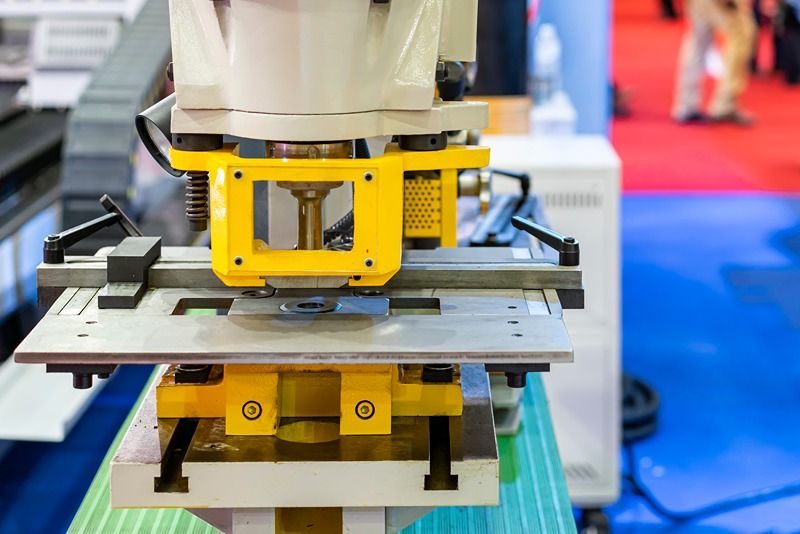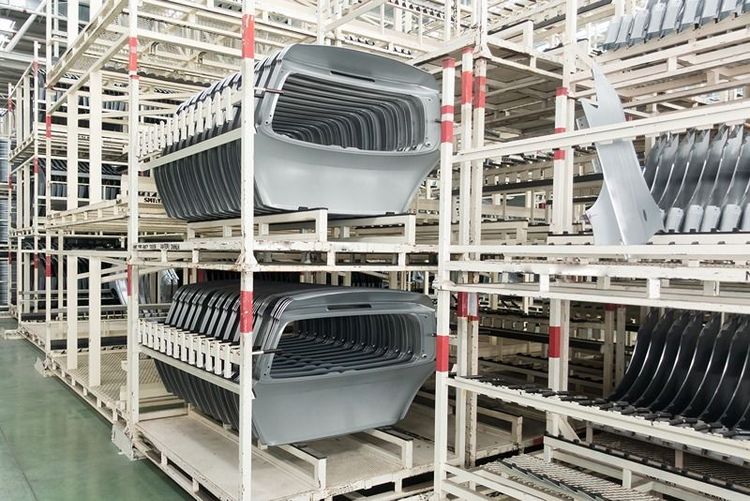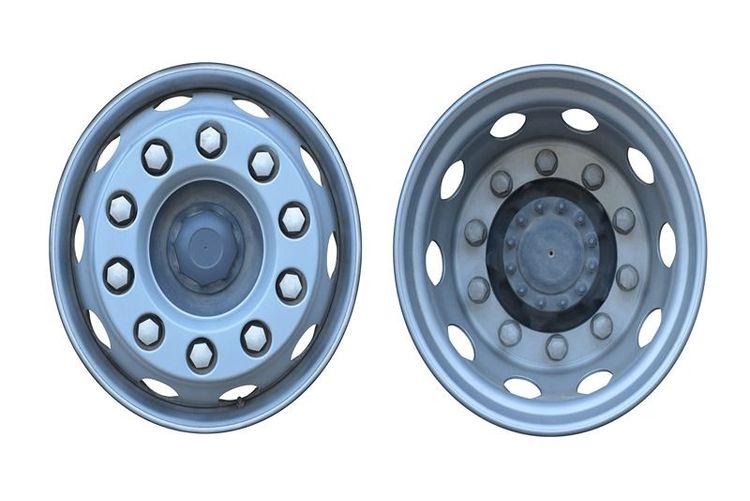Steel stamping is pivotal in achieving high precision in producing automotive parts, directly influencing quality, efficiency, and durability. This process involves pressing or shaping steel sheets into specific forms using dies and high-pressure stamping machines, enabling manufacturers to produce complex, high-precision parts at scale.
The primary steps in steel stamping
1. Blanking
This initial step involves cutting flat metal sheets into specific shapes or blanks.
Blanks are usually cut to match the approximate size and shape of the final part.
High-speed blanking presses are often used for fast and efficient blanking, reducing material waste.
2. Forming
Forming gives the blank its basic shape using pressure and dies.
Common forming methods include bending, drawing, and flanging, depending on the part’s requirements.
This step is crucial for achieving the part's foundational shape before fine adjustments.
3. Drawing
Drawing involves stretching the blank into a specific depth and shape, commonly used for creating hollow or cylindrical parts.
Deep drawing is applied if parts need significant depth, as in fuel tanks or automotive body panels.
Controlled force and speed ensure consistent thickness and structural integrity.







 +91 7208055523
+91 7208055523
 Help & support
Help & support
